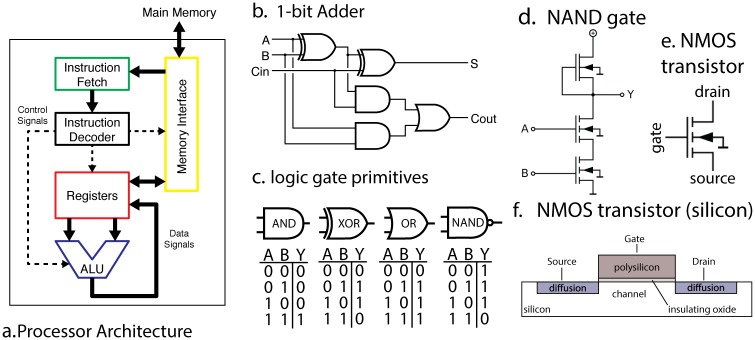Fig 1. A microprocessor is understood at all levels.
(A) The instruction fetcher obtains the next instruction from memory. This then gets converted into electrical signals by the instruction decoder, and these signals enable and disable various internal parts of the processor, such as registers and the arithmetic logic unit (ALU). The ALU performs mathematical operations such as addition and subtraction. The results of these computations can then be written back to the registers or memory. (B) Within the ALU there are well-known circuits, such as this one-bit adder, which sums two one-bit signals and computes the result and a carry signal. (C) Each logic gate in (B) has a known truth table and is implemented by a small number of transistors. (D) A single NAND gate is comprised of transistors, each transistor having three terminals (E). We know (F) the precise silicon layout of each transistor.

